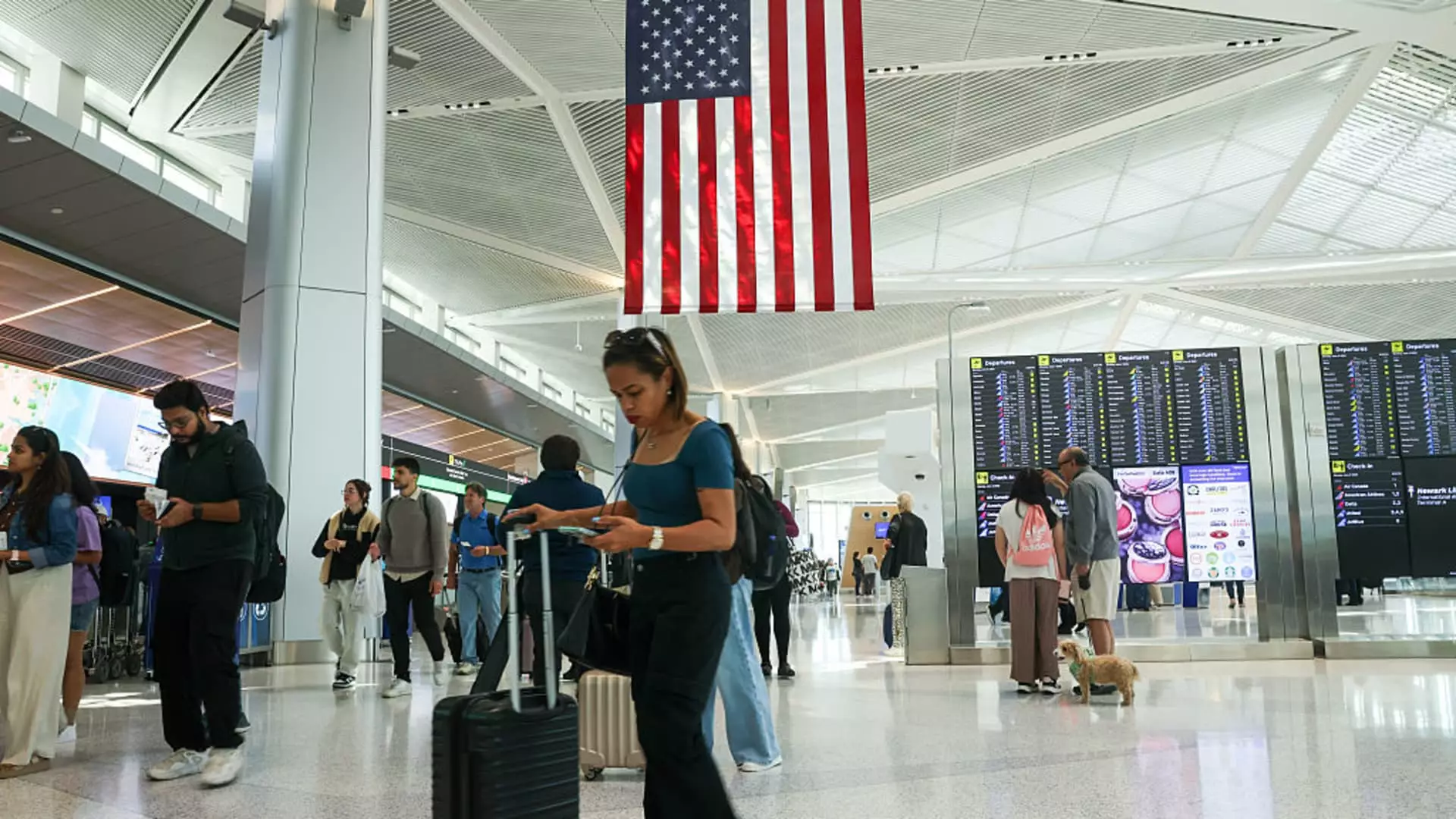For years, the airline industry projected an image of resilience, gleaming with the promise of booming profits and bustling skies. Yet, beneath this shiny veneer lies a realm fraught with volatility and growing uncertainties. Despite the summer season promising an influx of travelers—an estimated 18.5 million passing through U.S. airports—the industry’s core financial health remains fragile. Airlines are riding a wave of cheap fares, a temporary reprieve that masks deeper issues threatening their future stability. When Southwest Airlines CEO Bob Jordan dismisses the summer as “on sale,” it exposes the industry’s desperation to fill seats in a landscape where demand is wavering. Lower fares, once seen as a sign of robust competition, are now a harbinger of caution, possibly signaling a market that’s nearing saturation or worse, an impending downturn.
Pricing Paradox and the Illusory Recovery
Cheaper fares typically evoke a sense of consumer confidence and economic vitality. But in this case, the decline in average round-trip airfares—down to $265 for domestic flights—does little to inspire enthusiasm for a sustained recovery. Instead, it hints at pressure on airlines to fill planes that are increasingly empty on slow days or off-peak routes. The August and July data suggest that airlines are resorting to aggressive price cuts to stimulate demand, yet these measures are not translating into a robust revenue stream. The decline of over 7% in inflation-adjusted airfares from the previous year, paired with tepid spending reports, underscores that the consumer appetite for travel remains tepid at best. This phenomenon challenges the conventional wisdom that cheaper fares equate to economic vitality; in reality, they might be symptomatic of an industry desperately trying to stave off decline.
Unstable Industry Dynamics and Eroding Confidence
Industry insiders are warning of an uncertain horizon. Major carriers like Delta, American, and Alaska Airlines have already retreated from making firm forecasts for 2025, citing external economic threats, geopolitical tensions, and declining international travel. This period of ambiguity and hesitation underscores a painful truth: the airline industry is no longer riding a wave of assured growth. Instead, it is trying to adapt to a landscape where demand has not rebounded as expected, despite seemingly resilient macroeconomic indicators such as strong employment figures. The fact that credit card spending on air travel has declined consecutively over months paints a grim picture—fewer consumers are willing to spend on flights, reflecting a more cautious or constrained economic climate.
The International Arena: A Mixed Bag
While domestic travel appears sluggish, international trips offer a glimmer of hope for global carriers operating in the U.S. Yet even this sector faces headwinds. Fares to Europe and Asia, once high-margin routes, are sliding downward—European fares are nearly back to pre-pandemic levels, and flights to Asia are markedly cheaper. This means airlines are struggling to maintain profitability on international routes, which historically make up a significant chunk of their earnings. The dip in fares abroad suggests that the competitive landscape has shifted, perhaps permanently, marking a new era where price wars threaten to undercut the profitability of even the most lucrative international skies.
The Future Looks Murky—And Strategically Challenging
In response, airlines are already implementing capacity reductions and axing unprofitable routes—traditional moves in a downturn or slowdown. But these measures are short-term bandages on a more profound malaise. Stakeholders are left grappling with questions: Will demand consolidate, or will we see further declines? Can airlines truly survive without a strong economic tailwind, or are we preparing for a prolonged period of subdued growth and profitability? The window for profitable earnings in the latter half of 2025 seems increasingly narrow. Without a clear macroeconomic boost or policy intervention, the industry’s hopes of bouncing back to pre-pandemic heights look increasingly naive. Instead, it faces a grim reality—an industry that must reimagine its core strategies or risk further contraction amid an environment of declining demand and tightening margins.

